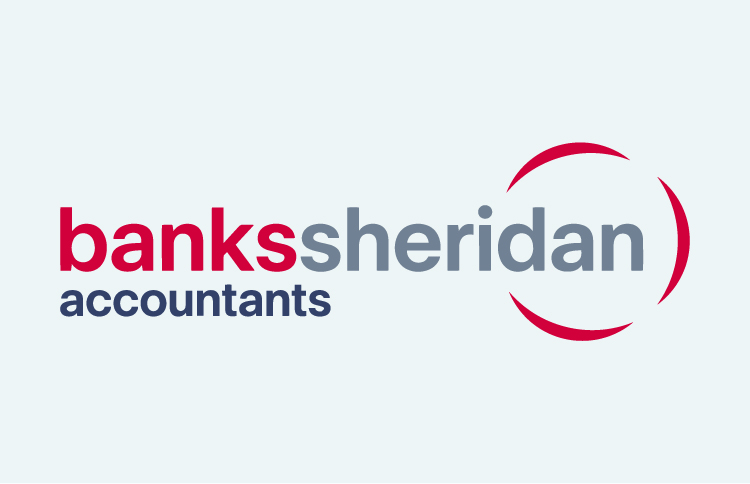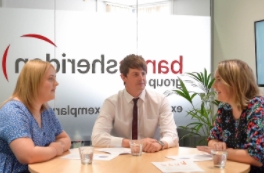
In 2015 the government announced major plans to modernise the tax administration system by introducing digital services for tax. There are three main strands to these proposals, as follows:
- Personal Tax Accounts for individuals and for businesses
- quarterly digital reporting of income and expenditure by businesses, self-employed people and landlords
- options for paying tax or setting off tax liabilities.
These proposals are subject to consultation which will take place over the summer months but a number of you have asked us for information so we have set out below what we currently know about the changes.
Personal Tax Accounts
Personal Tax Accounts have already been created by HMRC. These accounts have been linked to HMRC internal systems so that they will be pre-populated with income and tax details that HMRC already hold. This includes employment income, PAYE and NIC and any state retirement pension. It is also intended that interest paid by banks and building societies will be included in Personal Tax Accounts in the future. Taxpayers will be able to report any additional sources of income through their Personal Tax Accounts in 2017.
HMRC expect that with pre-populated information and taxpayers able to add in other sources of income, the Personal Tax Account will mean that a large number of taxpayers will not need to complete a tax return.
Personal Tax Accounts are also being established for businesses and these will show an overview of the income tax or corporation tax, VAT and NIC details of the business. In order to show details of the income subject to income tax or corporation tax, details of the business’s income and expenses will be provided by a new quarterly tax accounting system.
Quarterly tax accounting
By 2020, most businesses, self-employed people and landlords will be required to keep track of their tax affairs digitally and update HMRC at least quarterly through their Personal Tax Account. These changes will be phased in from 2018. These measures will not apply to individuals in employment or pensioners, unless they have secondary income of more than £10,000 per year from self-employment or property. It has not been confirmed whether charities and sports clubs will be included in these new rules.
To meet these quarterly reporting requirements, taxpayers will be expected to use software or apps which compile day-to-day income and expenses and then feed the details directly into HMRC systems. HMRC will ensure that free software and apps are available but expects many businesses will use third party providers.
By providing information quarterly, HMRC highlight that businesses will be able to see, in their Personal Tax Account, their tax position and any tax due in real-time.
Tax payment changes
HMRC has already started using real-time PAYE data to reduce under and overpayments by changing tax codes in-year. They are proposing to extend this through individuals’ Personal Tax Accounts to include other income, benefits-in-kind and the allocation of personal allowances. Tax arising on additional income which is small or regular will be collected through tax code changes whereas tax on larger or less predictable income sources can be paid online through the Personal Tax Account.
Where individuals and businesses have more than one tax liability, they will be allowed to make a single payment by offsetting any amounts of tax owed against tax overpayments on other sources of income.
The government also announced in the 2016 Budget that businesses, self-employed people and landlords, who are keeping their records digitally, will be able to adopt pay-as-you-go tax payments on a voluntary basis.
Timeline – key dates
| By June 2016 | All small businesses and individuals will have Personal Tax Accounts |
| Post June 2016 | Consultations on Making Tax Digital to be issued |
| July 2017 – December 2017 | Personal Tax Accounts show tax liabilities in one place |
| Accounting periods starting after: | |
| April 2018 | Quarterly updates for non-VAT registered self employed businesses and landlords |
| April 2019 | Quarterly updates for VAT registered self employed businesses |
| April 2020 | Quarterly updates for companies |
The government set out a timeline for the implementation of Making Tax Digital in December 2015 but some of the deadlines have already slipped and may change in the future.
What we don’t know
There are still a lot of areas where we do not have details of what these measures will mean or require taxpayers to do. Examples are:
- how partnerships will report
- how quarterly reporting will be reconciled with the annual taxable profits for businesses taking into account capital allowances, adjustments for the private use of assets etc
- how soon agents will have full access to their clients’ digital tax information.
We hope that these questions will be answered when the consultations have been concluded and reviewed.
How we can help you
Please note that, at the moment, you do not have to do anything in respect of these developments. If you do want to access your Personal Tax Account you may need to verify your identity. You can find details at: www.gov.uk/personal-tax-account. If we are your tax agents, we cannot currently access the account on your behalf.
Please be assured though that we will continue to assist you with your tax affairs and we will keep you informed of developments in the Making Tax Digital project.
Please speak to us if you have any questions regarding Making Tax Digital.
 Access your client portal
Access your client portal 01270 530970
01270 530970

